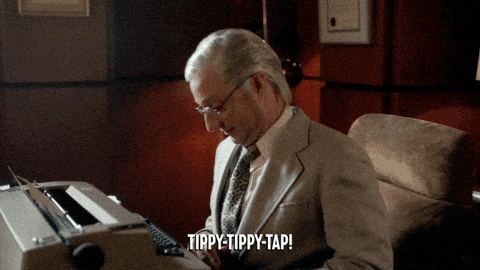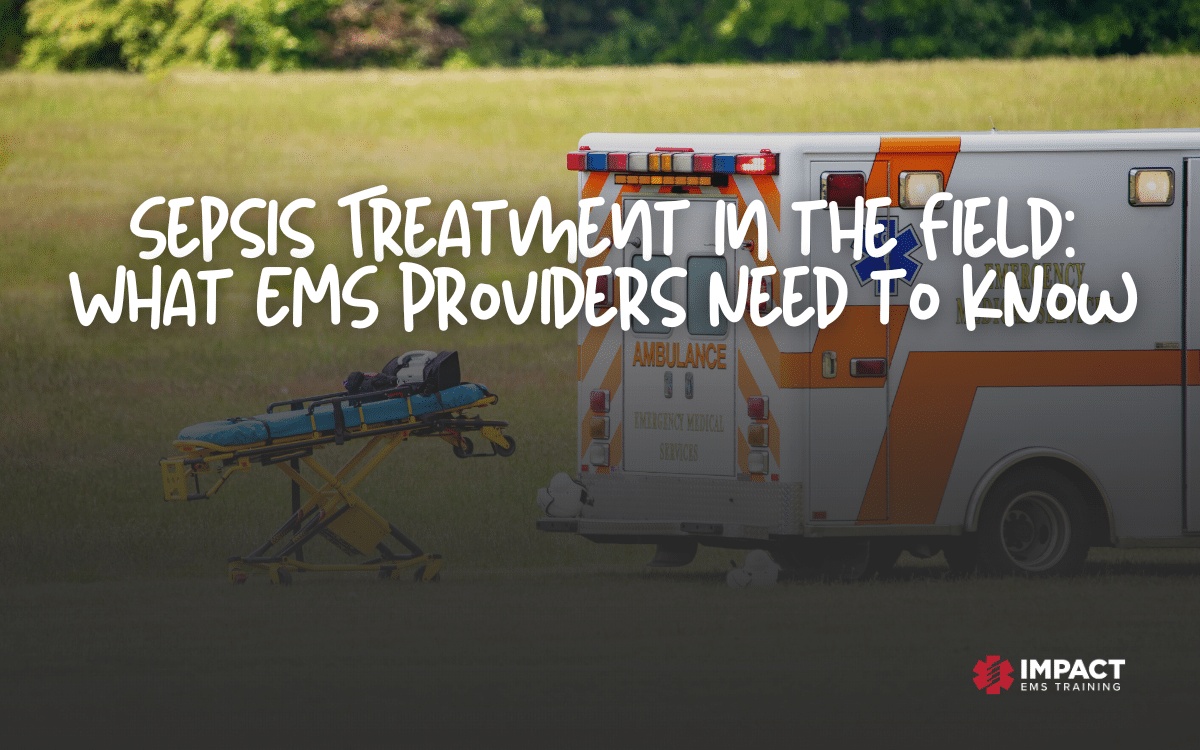Let’s be honest, no one likes charting. You signed up to save lives (ew, that hurts to say, but also partially true), and not sitting in an EMS Room at 3 am tapping away at a keyboard, reliving your call in 500 words or less. But we all know that your chart is your legal voice when you’re no longer in the room. Let’s make it sharp, thorough, and courtroom-ready (without sounding like a robot).

Here are 10 EMS documentation tips you’ll wish someone taught you in school with a little bit more sass and a whole lot more honesty.
1. Write Chronologically
This isn’t a Star Wars film. Keep it linear for goodness sakes! Start from the moment you were dispatched and walk the reader through each step, in order. Think: “We were toned out at 13:02… arrived on scene at 13:09… made contact with the patient at 13:11…” You get the idea.
2. Use A Standard Format
SOAP, CHART, DOPES: pick your poison, but stick to it. Using a structured format keeps your thoughts organized and makes your narrative way easier to follow (and defend, if needed). It also helps prevent those “wait, did I forget to document vitals?” moments.
3. Paint the Picture
Don’t just say the patient was “in distress.” Tell us how you knew. Were they pale, diaphoretic, gasping for air, screaming for their cat? A well-painted scene helps the reader visualize what you saw and did, not just what box you checked.
4. Quote Key Statements
Let your patients speak for themselves especially when their words matter. Yes, it’s sometimes funny when a patient says something wildly inappropriate, and it’s technically okay to document direct quotes… But more importantly, don’t skip over the heavy stuff! “I feel like I’m going to die.” If your chest pain patient drops that line, you better believe that quote needs to live in your chart. Their exact words can be just as valuable as your assessment.
5. Use Proper Medical Terms
Stick to the language we’re trained to use. “Pt showing signs of intoxication” sounds a lot better than “patient was super wasted.” Keep it clinical and avoid slang. (Unless you’re quoting them, in which case-see Tip #4.)
6. Document Interventions (And The Outcome)
Don’t just say you “started an IV.” Where? What size? What fluid? Did the patient tolerate it well? Every action should be accounted for because every action can come up later.
7. Stay Objective
Speculation has no place in your narrative. If you didn’t see it happen, don’t write it like you did. “Patient states they fell” is ten times better than “Patient tripped over the dog while drunk and hit their head.” One of those is fact; the other is an educated guess and a potential liability!
8. CYA with Refusals
Refusals are a legal landmine. Make sure your documentation covers:
- The patient was alert and oriented
- Risks of refusing care were clearly explained
- They verbalized understanding
- A refusal form was signed (or why they refused to sign it)
Bonus points for documenting a witness to the refusal.
9. Check Your Spelling & Grammar
“Pt complained of chest pain sense yesterday.” No… Since. Poor grammar can undercut your professionalism and credibility fast. Most ePCRs have spellcheck. Please use it.
10. If It's Not Written, It Didn't Happen
The golden rule. You could’ve performed textbook-perfect care, but if it’s not in your report, it legally never happened. Don’t assume your actions are obvious. Document them.
Bonus Tip: Read It Like a Lawyer Would
Before you hit “submit,” read your narrative out loud. Pretend you’re on the stand in court and the opposing attorney is picking through your chart. Does it make sense? Is it complete? Does it sound like you did your job competently or like you panicked and winged it? Your chart should be able to defend your care without you having to say a word.
Documentation might not be glamorous, but it’s one of the most important tools in your EMS toolbox. Done well, it protects you, your patient, and your license. Done poorly… well, don’t find out the hard way.
Need a refresher on charting, documentation, or report writing that doesn’t make your eyes glaze over? Check out our CEU courses over at ImpactEMS.com because keeping your skills sharp shouldn’t be boring.




